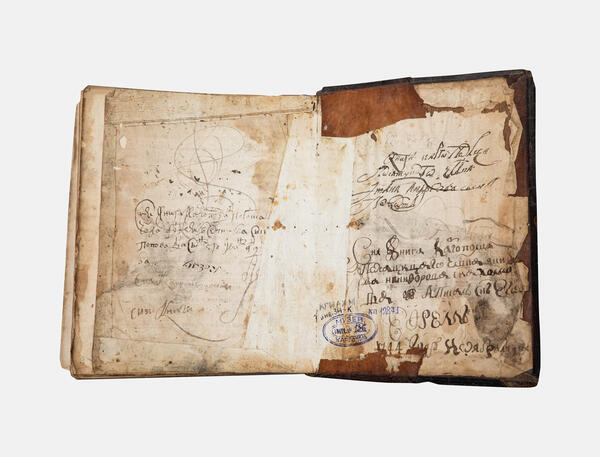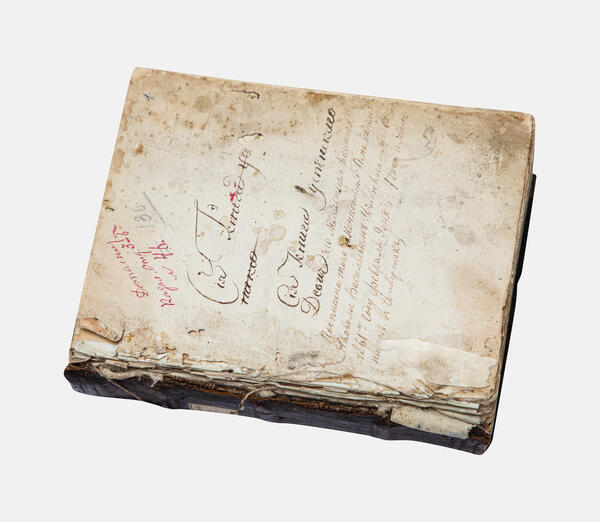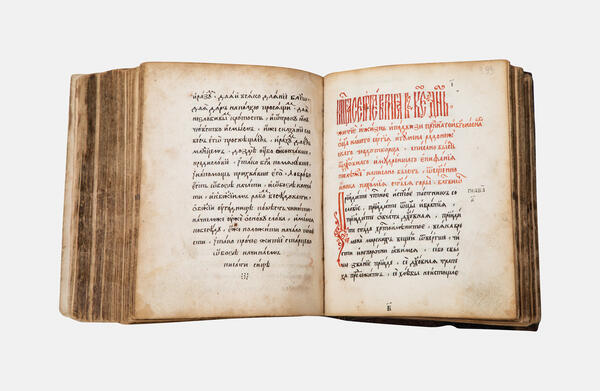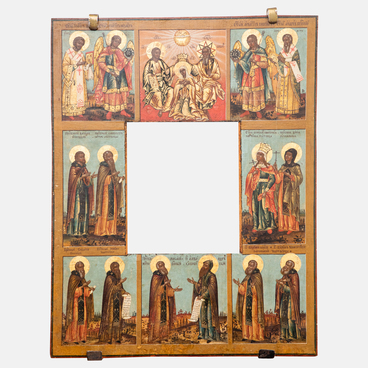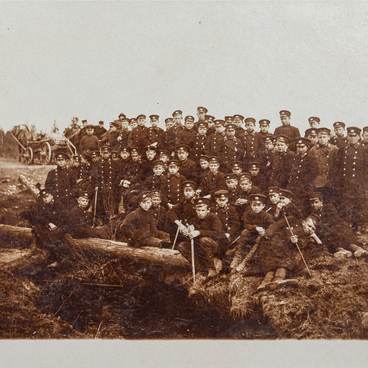A hagiography (from the Greek hagios and grapho — “description of saints”) is a biography of a saint, one of the most important genres of church literature. Its emergence and development are largely connected with the desire of the Russian Orthodox Church to cease to be dependent on Byzantium: “It was extremely important to achieve the canonization of its own… saints, and hagiographies were an indispensable condition <for it>, ” writes Candidate of Philological Sciences Elena Pavlovna Zhigalova.
The Russian hagiographic canon was formed by the 10th–12th centuries, and the composition of the work was closely related to its purpose. If the hagiographies compiled for the divine services had to follow strict rules, then the texts addressed to lay readers enjoyed greater stylistic freedom.
The authors of these “verbal icons” adhered, in general terms, to a single composition. The hagiography began with praise of the place of birth, the pious parents of the saint and the story of the miraculous foreshadowing of the saint’s birth. This was followed by stories about their life before embarking on the path of asceticism, signs of holiness, temptations, and service; the narrative ended with a description of the death and posthumous miracles. The hagiographer wrote the introduction and conclusion in his own words.
Byzantine hagiographic texts and paterica served as literary models for the authors. On their basis, as Elena Zhigalova notes, the writers of Ancient Rus “created a number of outstanding <original> works that <reflected> the essential aspects of everyday life” of the country.
The presented handwritten book contains the hagiographies of Saints Sergius of Radonezh, Alexander Svirsky and Alexander Oshevensky. The latter was especially revered in Kargopol.
Hieromonk Theodosius worked on the hagiography of the Venerable Alexander Oshevensky within the walls of the Oshevensky Monastery. In all probability, in the 16th–18th centuries, the monastery housed the saint’s correspondence archives, which served as an important source for the hagiographer.
The description of the relationship between Alexander and his parents is uncharacteristic for a hagiography (but at the same time historically reliable). The life mentions the piety of his parents, the plea for a child and the blessed birth of the future ascetic, but then it also describes the unwillingness of his father and mother to bless Alexander for monastic service. However, later, Alexander’s father Nikifor Osheven not only recognized the righteousness of the monk, but also became his assistant in establishing the monastery.
In addition to the hagiography, a panegyric to
Alexander (1738) and a prayer to the saint (1844) were compiled in the
Oshevensky Monastery.

